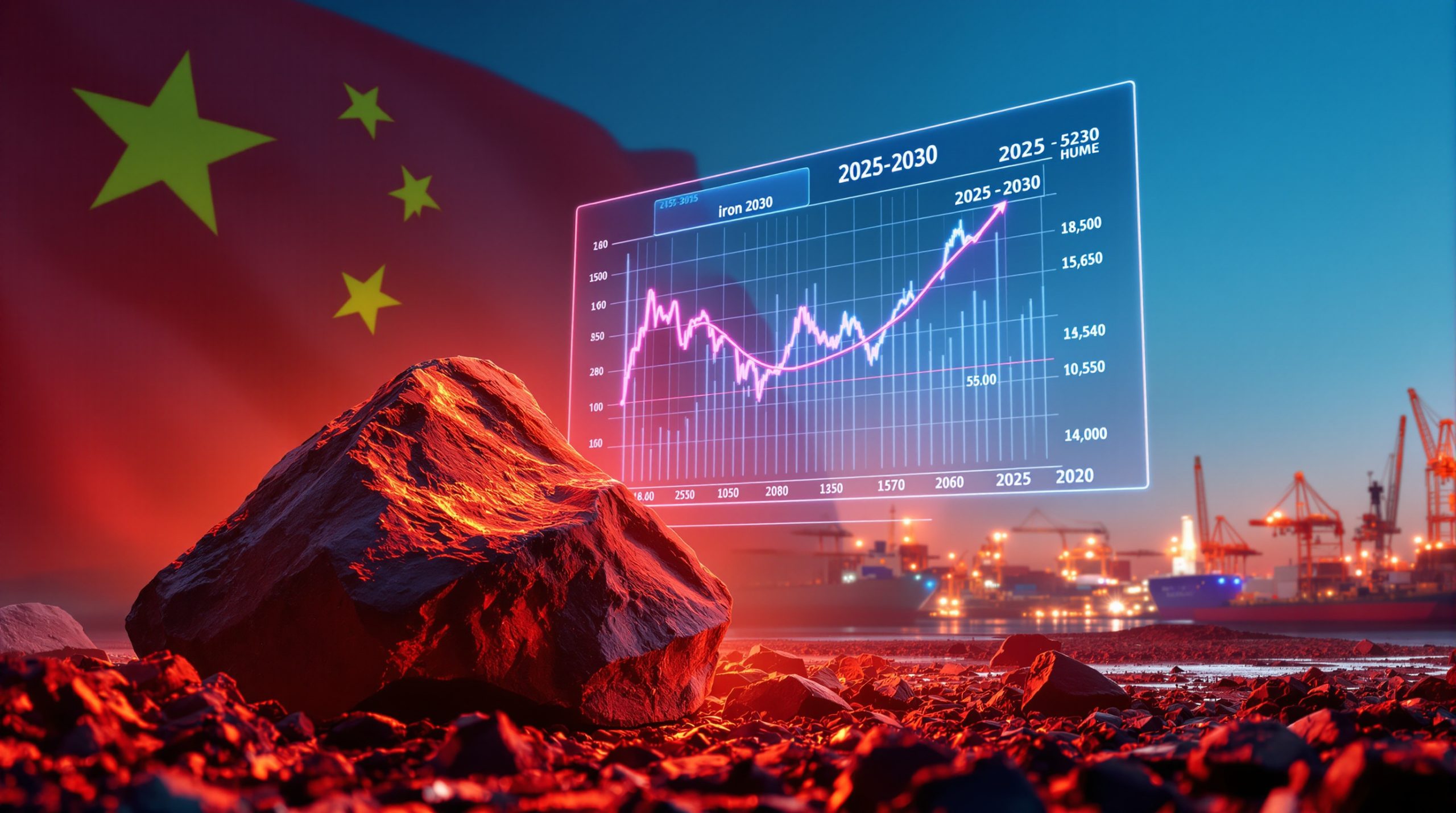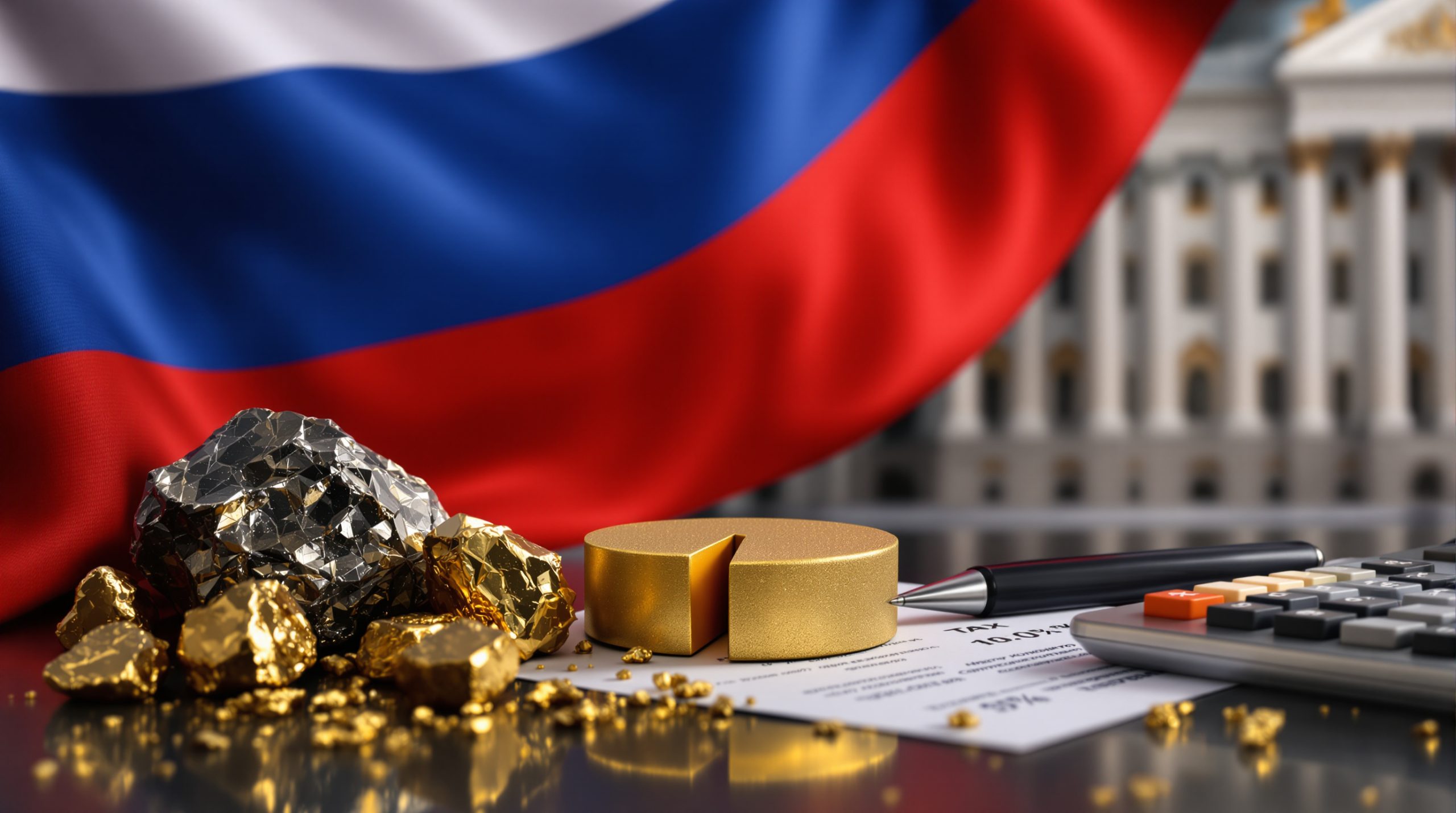What is Bismuth Oxide and Why is its Price Important?
Bismuth oxide (Bi₂O₃) is a heavy metal compound with unique properties. Its yellow crystalline form and distinctive molecular structure make it indispensable across many industries. The bismuth oxide price cif europe reflects demand in high-tech sectors.
Its electrical, optical, and physical characteristics are difficult to replicate. Consequently, few substitute materials can match its performance. Industries such as electronics, pharmaceuticals, and nuclear applications depend on these attributes.
Global bismuth reserves amount to approximately 370,000 metric tons, with about 75% concentrated in China. Price fluctuations arising from this concentration can disrupt supply chains worldwide. In addition, analysis of global trade policy shifts adds valuable context to this sensitivity.
In 2024, production reached nearly 24,000 metric tons against a demand of 27,500 metric tons. This deficit has driven up prices significantly. Such market pressures underscore why the bismuth oxide price cif europe is a critical benchmark for industry participants.
Understanding the New Bismuth Oxide CIF Europe Price Assessment
Fastmarkets has introduced a dedicated price assessment focused on bismuth oxide. This tool measures the bismuth oxide price cif europe for material with a minimum purity of 99.99%, delivered to European ports. Its introduction has provided clearer pricing data for industry stakeholders.
The assessment is published every Friday. Data updates track commercial-scale transactions, with minimum lot sizes of one tonne ensuring accuracy. Furthermore, this regular schedule helps market players adjust their strategies ahead of weekend trading interruptions.
Previously, many relied on Asian market proxies or bismuth metal indices. Consequently, using the bismuth oxide price cif europe enhances forecasting and contract negotiations. This development is a boon for manufacturers and traders seeking regional precision.
The methodology aligns with Incoterms 2025 standards. CIF Rotterdam terms delineate cost responsibilities between buyers and sellers with clarity. In addition, standardised terms minimise ambiguities in price assessments.
For instance, industry reports such as mining and finance industry predictions for 2025 offer further insights into emerging market trends.
How Has China's Export Control Policy Affected the Bismuth Market?
In February 2025, China implemented strict export controls on bismuth products. This policy categorised bismuth and its compounds as dual-use materials, serving both civilian and potential military applications. As a result, global supply chains were shocked by the abrupt shift.
Bismuth metal exports fell by 62% month-on-month. Consequently, this led to a 22% increase in bismuth oxide prices during Q1 2025. European markets, in particular, have felt the strain of this policy change.
Facing these challenges, European buyers have diversified their sourcing strategies. Many now turn to suppliers in Bolivia and Vietnam. However, this shift has increased procurement costs by approximately 15% due to smaller production volumes and higher transportation fees.
Historically, bismuth metal and oxide prices moved together in stable unison. However, the disruption has resulted in a decoupling where oxide prices sometimes follow distinct trends. Furthermore, companies are actively navigating mining investments and trends to adjust to these market developments.
As one senior analyst noted, "The bismuth market is undergoing its most significant structural shift in decades." This insight underscores the importance of revisiting pricing strategies and forecasting methods during turbulent times.
What Are the Specifications for the New Bismuth Oxide Price Assessment?
Fastmarkets’ new assessment adheres to rigorous specifications designed for commercial accuracy. It covers bismuth oxide of at least 99.99% purity, ensuring it meets high-performance industry standards. This guarantees that only industrial-grade material is evaluated.
The material’s particle size ranges from 0.5μm to 40μm, adhering to ISO 13320 standards for industrial powders. Such granularity is essential for applications in electronics manufacturing and ceramic production.
Delivered on CIF terms to Rotterdam, the assessment centres on the bismuth oxide price cif europe. This standardised approach ensures that price evaluations reflect typical commercial transactions rather than sample orders.
Minimum transaction sizes of one tonne prevent atypical deals from skewing the data. Payment terms are normalised across submissions, typically set at 30–60 days. In addition, packaging in lined drums or bulk bags is specified to reflect industry norms.
Impurity limits for elements such as lead, silver, and copper are strictly defined. Consequently, these stringent criteria maintain uniform quality and reliable price benchmarks. Analysts frequently consult global commodities market insights to refine their methodologies further.
Why Did Fastmarkets Launch This New Price Assessment?
Fastmarkets responded to a notable information gap with this new price assessment. With global and regional dynamics shifting after Chinese export controls, reliance on Asian proxies proved inadequate. Thus, a dedicated instrument for determining the bismuth oxide price cif europe was developed.
A 2024 survey revealed that 89% of European buyers demanded an oxide-specific index. This overwhelming feedback highlighted the need for accurate, regionalised data. In addition, it confirmed that traditional indices no longer captured the full market picture.
The weakening correlation between bismuth metal and oxide prices further underscored the need. Historically, both prices moved in tandem, but disrupted trade flows have altered this balance. Consequently, this tool has become vital for long-term contract negotiations.
As Fastmarkets’ head of battery raw materials research remarked, "The market's fragmentation required us to develop more granular pricing tools." Furthermore, the instrument assists in negotiating supply agreements by providing a clear, independent benchmark.
Ultimately, the launch of this tool supports strategic planning amid volatile market conditions. Its role in establishing the bismuth oxide price cif europe is central to adapting to evolving global trade structures.
How Does the Decoupling of Bismuth Metal and Bismuth Oxide Prices Impact the Market?
The decoupling of metal and oxide prices has introduced both challenges and opportunities to the market. Traditionally, oxide prices maintained a stable premium over metal prices as a reflection of processing costs. However, recent trade policies have altered this balance.
For example, in March 2025, European oxide prices surged by 28% while metal prices rose only 12%. This divergence signals the emergence of independent market dynamics. Consequently, manufacturers must adjust their cost forecasting and risk management strategies.
Hedging strategies based on previous correlations are now less effective. Companies are exploring dual-sourcing arrangements to mitigate volatility. In addition, arbitrage opportunities have emerged for traders who can process bismuth metal into oxide locally.
Financial institutions have also adapted. They now use distinct pricing models for bismuth metal and oxide, treating them as separate commodities. Such approaches underscore the evolving nature of global supply and demand.
These shifts compel stakeholders to redefine their market strategies. Innovation in processing and sourcing is becoming paramount. The uncertainty reinforces the need for flexible business models in an ever-changing environment.
What is the Methodology Behind Fastmarkets' Price Assessment?
Fastmarkets employs a transparent and rigorous methodology for its price assessment. Data is collected from over 20 active market participants, including producers, traders, and end-users. This broad input ensures that the assessment reflects genuine market activity.
The process prioritises completed transactions as the most reliable data points. In cases with limited data, bids and offers are also considered. Each submission is adjusted to a standard 60-day payment term to maintain consistency.
Prices are further normalised to reflect CIF Rotterdam delivery terms. This adjustment is crucial in determining the bismuth oxide price cif europe with precision. Consequently, larger volume transactions exert more influence on the final benchmark.
Outliers deviating by more than ±5% from the median undergo additional scrutiny. Such data points may be removed if they cannot be verified. This statistical rigour upholds the integrity of the assessment.
Verification involves cross-checking data with multiple market sources. Volume-weighted averaging further refines the overall price determination. This robust methodology instils confidence among market participants.
How Can Industry Participants Contribute to the Price Assessment Process?
Industry stakeholders play an essential role in maintaining the accuracy of the price assessment. They contribute vital data from real transactions, bids, and offers. Such contributions help shape a more accurate benchmark over time.
To participate, companies must register with Fastmarkets. The onboarding process is straightforward and ensures full data confidentiality. This process typically takes less than one business day.
Participants benefit not only from improved transparency but also from enhanced market intelligence. They can adjust pricing strategies based on reliable data and current market trends. In addition, regular contributions offer a channel for industry dialogue.
Key steps include:
1. registering for the programme
2. submitting detailed transaction data
3. reviewing periodic price updates
Regular engagement provides tools to evaluate the bismuth oxide price cif europe accurately. This reciprocal relationship strengthens both market confidence and overall transparency.
What Are the Key Applications and Industries for Bismuth Oxide?
Bismuth oxide has a wide range of industrial applications. In electronics, it is a core component of varistors that protect sensitive circuits. Its semiconductor properties are invaluable for these devices.
The ceramic industry also relies on bismuth oxide as a key additive. It improves glazes, promotes low-temperature sintering in LTCC, and enhances the durability of ceramics. European manufacturers consume roughly 2,200 metric tons annually.
Optical applications benefit from bismuth oxide’s high refractive index. Fibre optics, specialised glass products, and optical filters use this compound for improved performance. Its unique properties allow for innovation in design.
Pharmaceutical formulations also incorporate bismuth compounds derived from bismuth oxide. Their low toxicity and antimicrobial benefits make them attractive for digestive treatments. Nuclear applications, too, use bismuth oxide as an effective radiation shield.
Other sectors like catalysts and energy storage have begun exploring bismuth oxide. Notably, research into solid-state batteries is underway. For additional context on these trends, consider the new commodity super cycle.
How Do Trade Barriers Affect Global Bismuth Oxide Supply Chains?
Trade barriers have fundamentally reshaped global supply chains. China’s export control policy now acts as a substantial barrier to free trade. Such controls impose licensing requirements that add administrative burdens and unpredictability.
As a result, delivery times from China to Rotterdam have stretched to 45 days—an increase of 18% year-on-year. Manufacturers are forced to hold larger safety stocks, which in turn raises working capital requirements significantly.
Tariff structures further complicate the scenario. The European Union imposes a 6.2% duty on Chinese bismuth products, while imports from Bolivia often benefit from preferential, duty-free arrangements. This discrepancy drives a shift in sourcing patterns.
Many European producers are now looking to diversify their supply chains. Some have even opted for recycled bismuth, despite a 24% increase in direct costs. External analysis, such as insights from record highs in europe, highlights these evolving trends.
Non-tariff barriers, including stringent REACH regulations and varying quality certifications, add further complexity. Compliance issues and logistics challenges have also escalated costs. Consequently, supply chain fragmentation is prompting renewed calls for regional processing initiatives.
What Are the Current Market Trends for Bismuth Oxide in Europe?
European markets are experiencing marked volatility. Stockpiles have contracted to roughly 12 weeks of supply, compared with 18 weeks in 2024. This reduction stems from both supply uncertainties and rising input costs.
Spot delivery premiums have widened significantly. Immediate deliveries now command up to an 18% premium over forward prices. Previously, the gap typically ranged from 3% to 5%. In addition, manufacturers are increasingly exploring alternative materials to mitigate price risks.
Material substitution trends are also evident. For example, tungsten oxide usage in specialty glass manufacturing increased by 8% month-on-month. Despite this, bismuth oxide remains essential for high-performance applications in electronics and pharmaceuticals.
Recycling initiatives have gained momentum. European efforts to recover bismuth from end-of-life electronics rose by 32% year-on-year. Such environmentally driven strategies provide additional supply security while promoting sustainability.
For further external perspectives on these trends, consider accessing strategic metal prices. This analysis offers valuable insights into broader market dynamics.
Interested in spotting the next significant mineral discovery on the ASX?
Gain a market-leading advantage with Discovery Alert's proprietary Discovery IQ model, which provides instant notifications on significant ASX mineral discoveries, turning complex commodity data into actionable investment opportunities. Visit the dedicated discoveries page to understand why historical discoveries can generate substantial returns and begin your 30-day free trial today.




